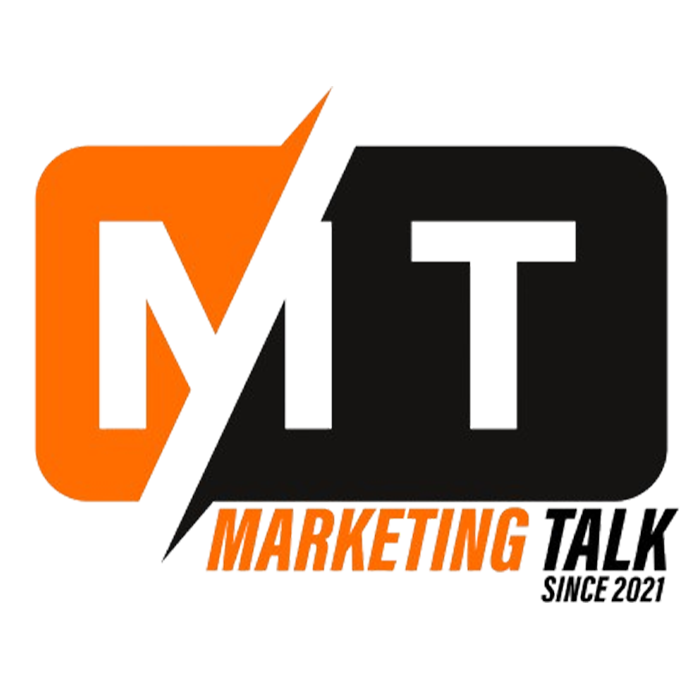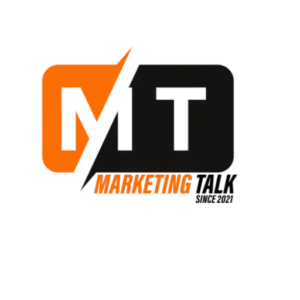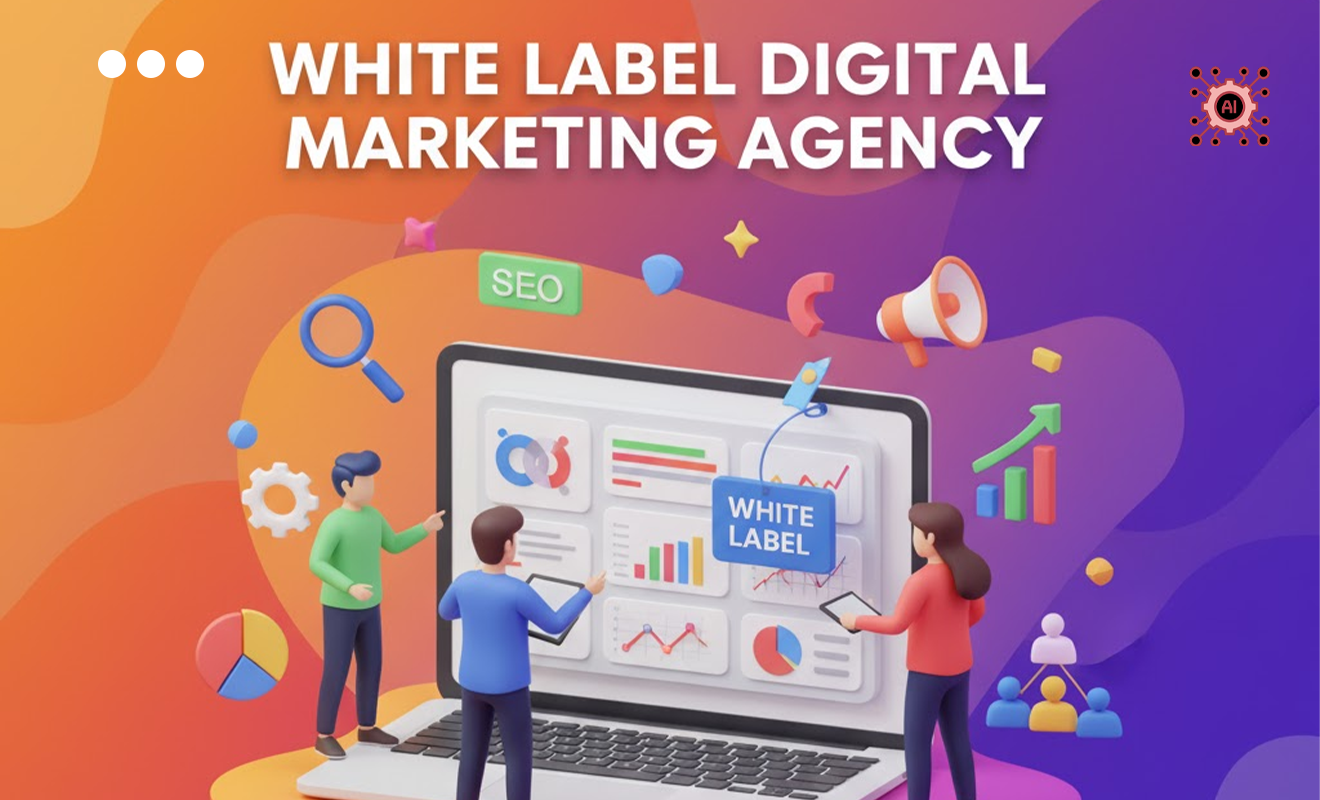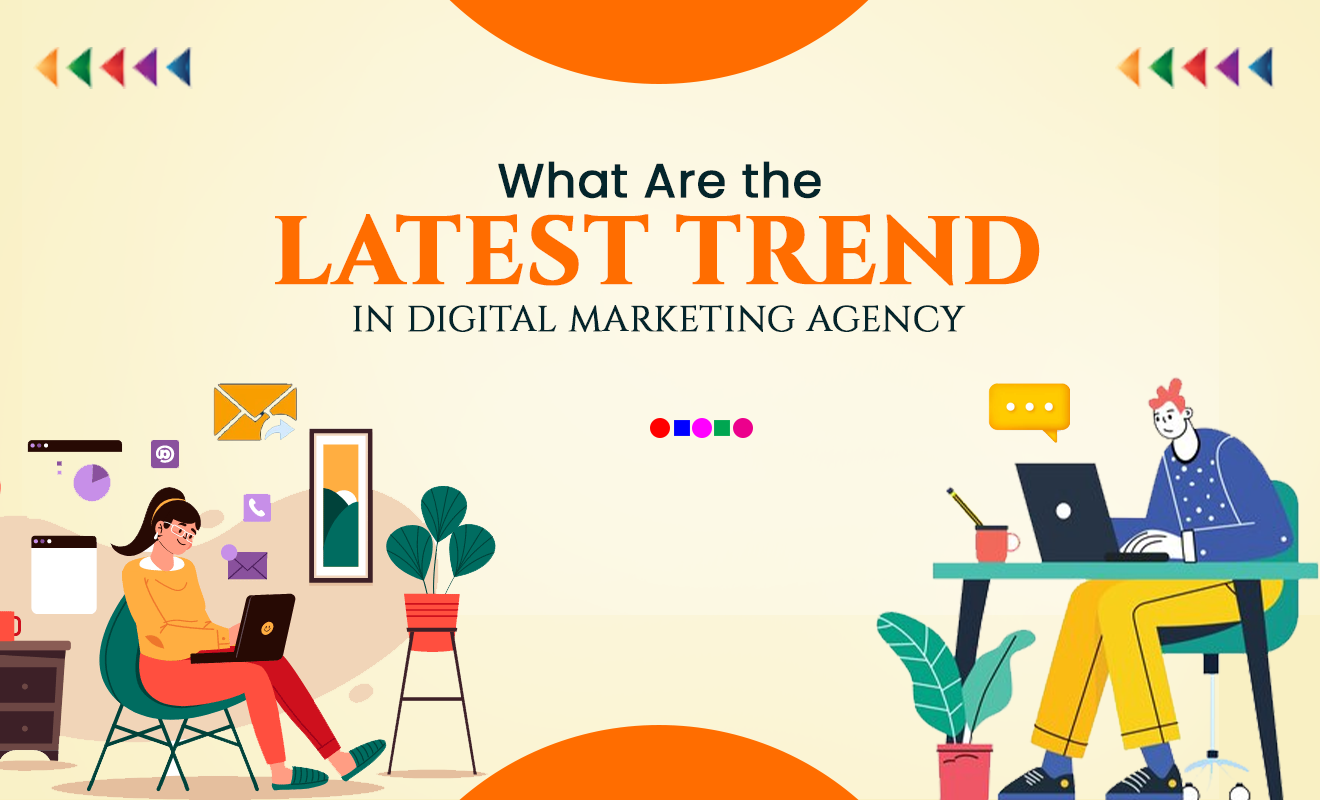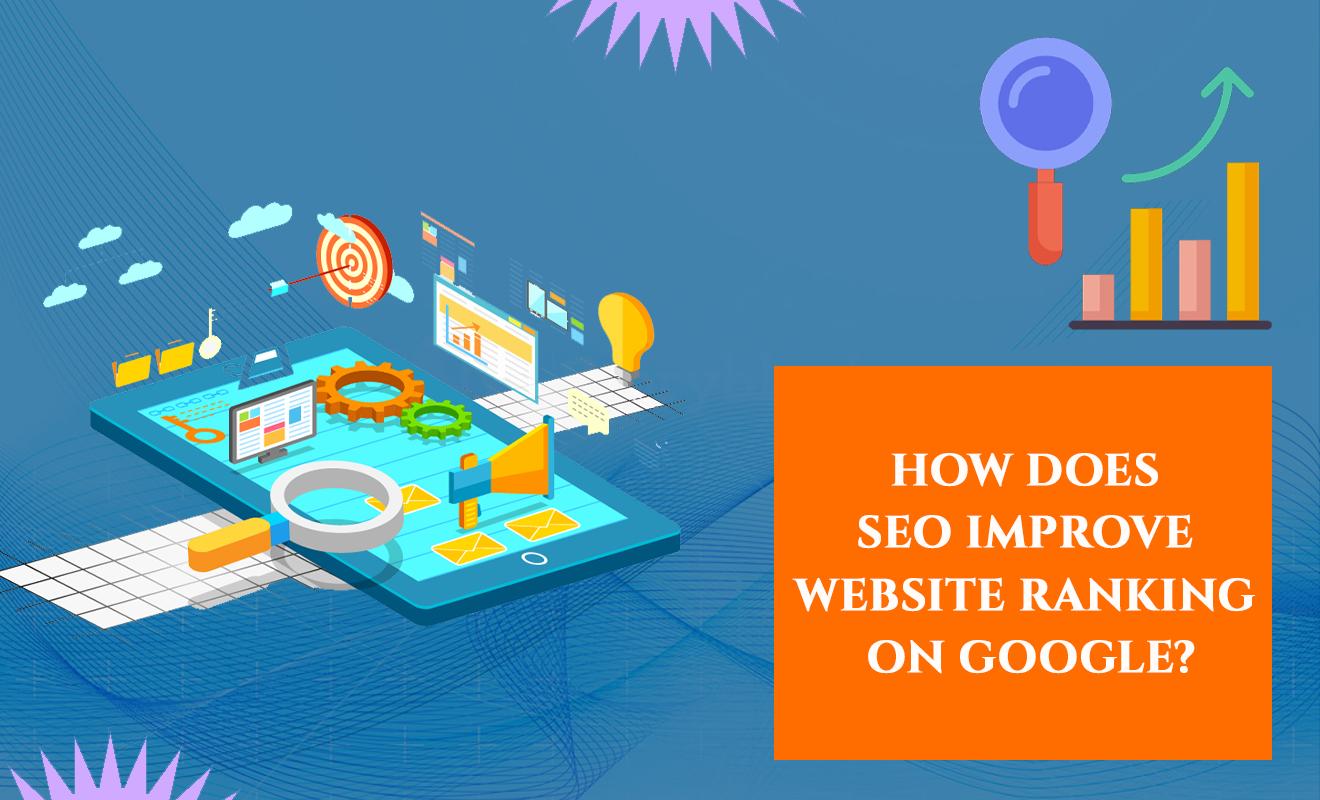What Are the Latest Trends in Digital Marketing?
The digital landscape is a perpetual motion machine, constantly evolving and reshaping how businesses connect with their audiences. What worked yesterday might be obsolete tomorrow, making it crucial for brands to stay ahead of the curve. For any business investing in digital marketing services, understanding these shifts isn’t just beneficial—it’s essential for survival and growth.
This deep dive explores the most impactful latest trends in digital marketing, moving beyond the buzzwords to provide actionable insights you can use to refine your digital strategy and dominate your niche.
1. The AI Revolution: Beyond ChatGPT
Artificial Intelligence has moved from a futuristic concept to the core engine of modern online marketing. While content generation tools like ChatGPT grabbed headlines, AI’s integration is far more profound.
- Hyper-Personalization at Scale: AI algorithms analyze vast datasets—browsing behavior, purchase history, and social interactions—to create unique customer profiles. This allows for breathtaking personalization. Imagine email campaigns where subject lines, product recommendations, and even promotional offers are dynamically generated for each subscriber, dramatically increasing open and conversion rates.
- Predictive Analytics: AI can forecast future consumer trends and behaviors. This means your digital marketing company can anticipate demand, optimize ad spend before a campaign even launches, and identify potential customers who look just like your best existing ones.
- AI-Powered Advertising: Platforms like Google Ads and Meta are deeply infused with AI. Automated bidding strategies, responsive search ads, and performance-max campaigns hand over the reins to algorithms designed to find the best possible results, making sophisticated internet marketing more accessible than ever.
2. The Rise of the Machines (and Search): SEO in the SGE Era
Google’s Search Generative Experience (SGE) is poised to be the most significant shift in Search Engine Optimization (SEO) in over a decade. This AI-powered overview aims to answer queries directly on the search results page, fundamentally changing how we approach visibility.
- The “Zero-Click Search” Threat: SGE provides summarized answers, meaning users may never need to click through to a website. This challenges the traditional goal of ranking #1 for organic traffic.
- The E-E-A-T Imperative: Experience, Expertise, Authoritativeness, and Trustworthiness have never been more critical. Google’s AI will prioritize content from sources it deems most credible. This means investing in high-quality, expert-written content, showcasing author credentials, and building a strong backlink profile from authoritative sites is your best defense.
- Focus on User Intent: The key to surviving and thriving in the SGE era is to create content that satisfies user intent so thoroughly that Google’s AI wants to feature it. This means answering questions comprehensively, providing unique insights, and structuring content (using headers, tables, lists) in a way that is easily parsed by AI.
3. Short-Form Video: The Undisputed King of Engagement
The dominance of short-form video is not new, but its strategic importance continues to explode. Platforms like TikTok, Instagram Reels, and YouTube Shorts are primary discovery channels for Gen Z and Millennials.
- Authenticity Over Production Value: Users crave real, relatable, and authentic content. Overly polished corporate videos often perform worse than quick, off-the-cuff clips that show personality and behind-the-scenes action.
- Platform-Specific Strategies: You can’t just repurpose a TikTok video for YouTube Shorts. Each platform has its own culture, editing styles, and audience expectations. A successful digital strategy involves creating native content tailored for each channel.
- The Rise of Social Commerce: Short-form videos are becoming a direct sales channel. With seamless “shop now” features integrated into platforms, a compelling 30-second video can lead to an instant purchase, shortening the customer journey dramatically.
4. Voice Search Optimization: Conversing with Consumers
With the proliferation of smart speakers (Google Home, Amazon Alexa) and voice assistants on phones, voice search is becoming a standard way people find information. Voice queries are fundamentally different from text searches.
- Long-Tail and Natural Language: People speak in full questions and sentences (“Hey Google, what’s the best Italian restaurant near me that’s open now?”) rather than typing fragmented keywords (“best Italian restaurant open”).
- Local SEO is Crucial: A massive portion of voice searches are local. Optimizing your Google Business Profile, ensuring your name, address, and phone number (NAP) are consistent across the web, and creating content that answers local queries (“near me,” “in [city name]”) is non-negotiable.
5. The Privacy-Centric Pivot: Marketing Without Third-Party Cookies
The death of the third-party cookie is finally upon us. Safari and Firefox already block them, and Chrome is phasing them out. This disrupts the traditional model of tracking users across the web for targeted advertising.
- First-Party Data is Gold: The businesses that will win are those that build their own consented databases of customer information. This means incentivizing email sign-ups, loyalty programs, account creation, and subscriptions. Your first-party data is your most valuable asset in a cookieless world.
- Contextual Targeting Makes a Comeback: Instead of targeting users based on their browsing history, advertisers are returning to targeting context. Placing an ad for running shoes on a fitness blog or a tech review on a gadget YouTube channel ensures relevance without invading privacy.
- Exploring New Models: This shift is accelerating investment in privacy-compliant targeting methods like Google’s Privacy Sandbox topics API and leveraging AI to model consumer behavior based on first-party data.
6. Interactive Content: Engaging, Not Just Informing
Passive content consumption is declining. Users want to participate, play, and engage. Interactive content delivers significantly higher engagement, dwell time, and data collection opportunities.
- Examples to Leverage:
- Quizzes and Assessments: “Find your perfect skincare routine!” (collects email to send results).
- Polls and Surveys: Easy to deploy on social media stories to gather opinions.
- Interactive Calculators: A mortgage company offering a “loan calculator” or a SaaS company providing an “ROI calculator.”
- 360-Degree Videos and Augmented Reality (AR): Allowing users to virtually “try on” products or visualize them in their space.
7. Social Media as a Search Engine: The New Discovery Hub
For younger demographics, platforms like TikTok and Instagram are the first port of call for discovering new products, restaurants, and travel destinations, not Google. This changes the entire internet marketing funnel.
- Optimizing for Social Search: This means using relevant keywords in your video captions, headlines, and hashtags. Think about what terms a user might type into TikTok’s search bar to find a business like yours.
- User-Generated Content (UGC) as Social Proof: Encouraging customers to share their experiences with your product and tagging your brand provides authentic social proof that is incredibly powerful in social search results.
Building a Future-Proof Digital Strategy
Navigating these trends can feel overwhelming. It’s not about chasing every single one, but about intelligently integrating the trends that align with your business goals and audience. A common thread running through all these trends is the move toward a more authentic, valuable, and privacy-conscious relationship with the consumer.
The brands that succeed will be those that provide genuine value, leverage technology to enhance the human experience rather than replace it, and build trust at every touchpoint. For a deeper analysis on building a resilient marketing plan in this climate, the team at Marketing Talk often emphasizes the balance between technological adoption and maintaining an authentic brand voice.
Successful online marketing is no longer just about being loudest; it’s about being the most relevant, helpful, and trustworthy. By understanding and implementing these latest trends, you can ensure your brand doesn’t just keep up but sets the pace. The future of digital marketing is intelligent, interactive, and intent-driven—is your strategy ready?
